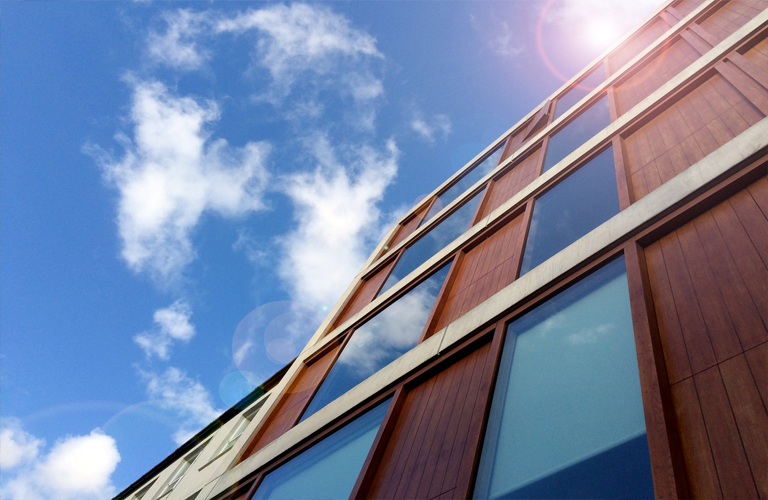Google has conducted research using the data collected from workers’ phones. This data allows Google to track trends in movement in different areas of an individual’s life, such as where they work and their commute.
Recent data collected by Google has shown that workplace activity, specifically working from inside the office building, in Tyne and Wear in the week leading up to the 30th October saw a fall of 43%. This was the last full working week before the Prime Minister announced a second four-week imposed lockdown.
The fall is indicative of a drop in workplace attendance, specifically in office buildings. The week prior had also seen a fall in 33%.
As a whole, movement in office spaces nationally also saw a drop in the week prior to lockdown.
Read our guide on the future of office spaces
These figures follow government advice in tightening restrictions, and telling workers to operate from home if necessary. It also corresponds to a rise in working digitally via video platforms, where platforms like Zoom and Whereby have seen dramatic growth in demand.
The UK Institute of Directors has warned that recent restrictions which have led more people to work from home, as opposed to in the office, will likely result in business vulnerability.
This comes as workers’ expectations from the central London office space are changing. To reduce anxieties, some spaces are introducing perplex screens, hand sanitiser and social distancing measures where possible.
But for most, especially those who represent the 44% fall as shown in Tyne and Wear, as well as the government itself, this is not enough to curb the spread of the COVID-19 virus.
For now, it is unlikely we will see a mass drive back to the office for a long time.
